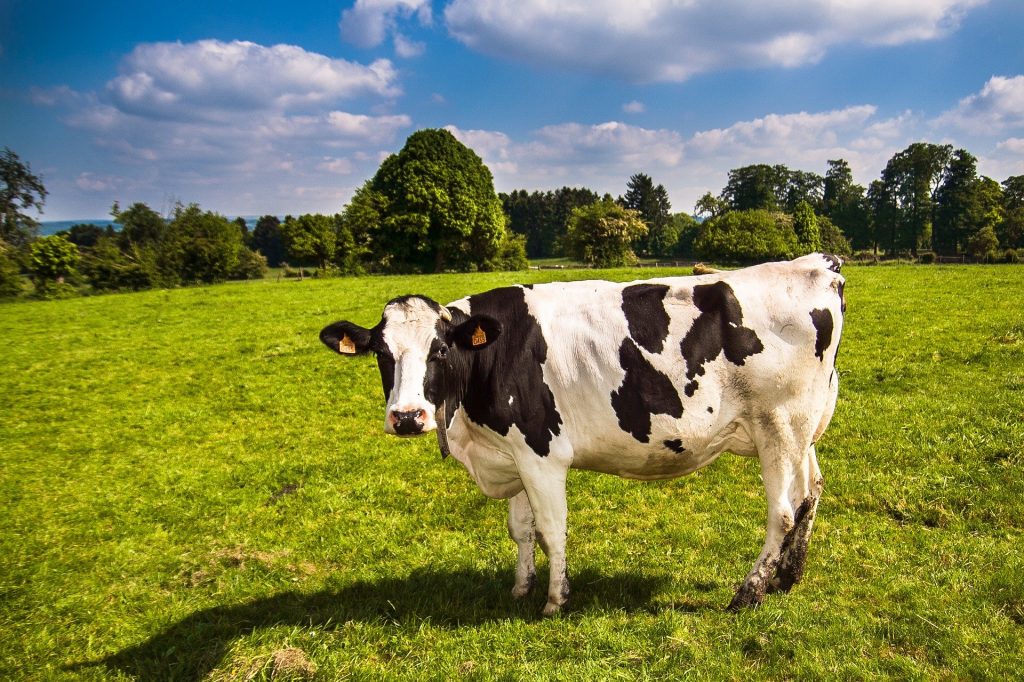After hand-milking their cows for a lifetime, many farmers still prefer to do it that way. However, commercial dairying usually requires the use of milking machines. While these modernised machines look complex, their operating procedure is rather simple. The machine uses a vacuum force of the teats, which then cause the milk to flow from the cow into storage.

The following is a representation of how the milking machine works:
The first stage is connecting the teat to the teat cup. However, it should be noted that each cup usually contains silicone or rubber linings on the inside of a stainless-steel or plastic shell. While these machines tend to look complicated or even scary, there’s no need to worry since the teat cup are the only parts that touch the cow.
When the cups are attached to the cow, they create a special seal between the milk tube and the teat. The milking tube transports the milk to storage. All of the liners involved are usually controlled by a pulsator valve that is connected to a vacuum pump. The area between the shell and the liner is better known as the pulsation chamber.
When in use, the liner opens up since a vacuum is created in the pulsation chamber. Since the vacuum pressure is maintained, it opens the liner up as a result of equalization of the pressure between both. When this occurs, the teat then becomes exposed to the vacuum which then results in the milk flowing.
After pumping, the vacuum is then released by the pulsator to expose the liner to the air. Since the pressure in the milk tube is less than that of the pulsation chamber, it forces the liner to collapse and tighten around the teat. This action is responsible for the massaging motion that occurs while maintaining enough blood circulation to the teat.
In terms of the operation, the pulsator runs at an average rate of 60 cycles each minute. The part of the machine better known as the claw is where both teat and tubes come together. At this point, milk usually flows from all the teats.
The long milk tube also has a vacuum which pulls the milk into a column via the line. Upon flowing through this line, the milk then enters into the receiving jar. If for some reason, there are trapped pockets of air, they are released at this stage. Since other milking machines are also connected, the milk from other cows can now be mixed in at the gathering stage.
Since the jar fills, a special pump comes on to push the milk from the bulk tank to a refrigeration unit. As soon as the cow’s udders empty, the milking machine turns itself off. This mechanism usually works with meters to detect the decrease.
When this occurs, the teat detaches itself from the cow. However, the teats from the cow are then dipped in an iodine solution to prevent the risk of infection. In some rare instances, contamination occurs when there is a backflow of milk into the cup. After milk pasteuriser takes place, the machine is then thoroughly cleaned and then prepared for use.
In some cases, operators tend to use variations of the machine. A common one is allowing the milk to flow into a bucket or a can instead of the mentioned receiving jar. With that system, the pulsator is placed at the top of the can or bucket. After the process is completed, the apparatus is then removed.
Machine Cleaning
These machines are typically cleaned using different types of systems. One of the simplest is a flush or bucket system. This type flushes the machine with a solution. Periodically, clusters are withdrawn, and surging occurs to effectively clean the machine.


